Damaged B-24 Liberators
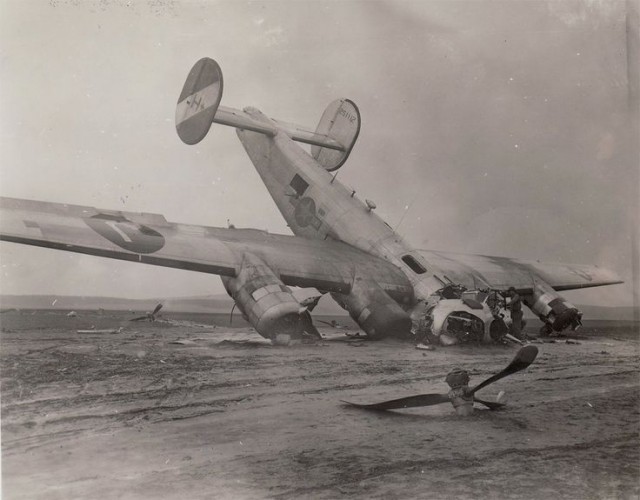
The Consolidated B-24 Liberator, along with its sleeker brother the B-17, was the workhorse heavy bomber of the United States Army Air Forces. It was used in every theater of the war, whether that be helping to bomb Germany into submission, hunting submarines in the Atlantic ocean or bombing Japanese targets in the Pacific, it did it all.
The B-24 is a significant aircraft in many ways, but is often overshadowed by the Boeing B-17 Flying Fortress.
It was originally conceived in 1938, when the United States Army Air Corps requested Consolidated build the B-17 under license, an aircraft originally designed with long range to attack and sink a naval invasion force while it was still many hundreds of miles from the US coast. However after further inspection they believed they could build a better aircraft.
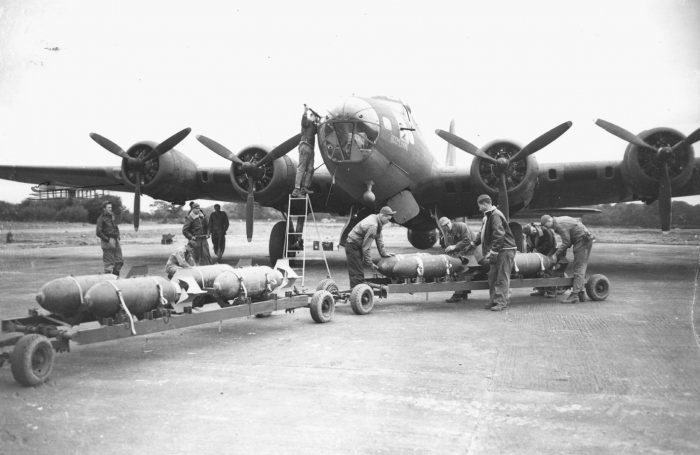
A large focus was placed on aerodynamic efficiency and minimising drag. A shoulder mounted ‘Davis Wing’ designed by David R. Davis. was used, which was a very long but thin wing design, and was very modern for the time. The idea behind this efficient wing was to improve air speed and range by decreasing drag and increasing lift. The wing could also provide good lift even at low angles of attack.
While the wing design did provide these advantages for the B-24, it suffered at high speeds or altitudes, and was susceptible to icing over. After the war the design was immediately shelved, as it was already obsolete on faster aircraft.
The B-24 had two bomb bays, with doors that retracted into the fuselage when open; a clever design that reduced drag compared to conventional bomb bay doors like on the B-17, and enabled them to be opened on the ground.
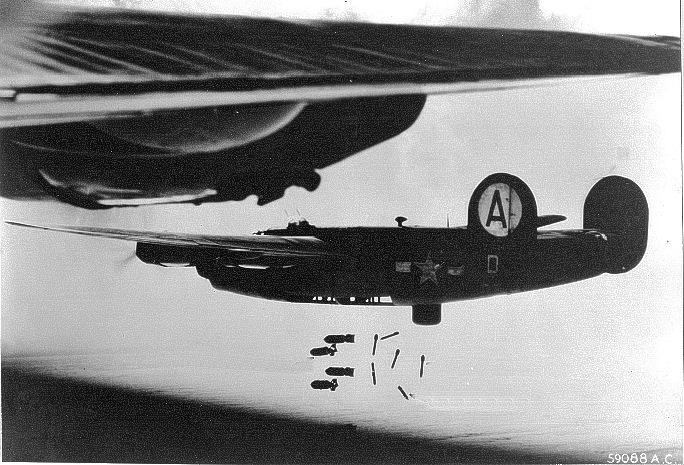
Like the B-17s, they were armed to the teeth, featuring a tail turret, waist guns, a dorsal turret in the B-24H onwards, and a retractable ball turret all containing .50 caliber machine guns. The ball turret retraction was required due to the low clearance of the fuselage when on the ground. It also enabled the turret to be retracted in flight to reduce drag.
The aircraft is regarded as less resilient to damage compared to the B-17, which could infamously return home with huge holes in the airframe. However this is somewhat untrue, as there are many cases of B-24s returning with just as much damage, including one that had lots both of its vertical stabilizers and made it home.
Where this is true however is the wing spar of the aircraft (the load bearing point where the wings connect to the fuselage). The B-24s thinner wing was much more susceptible to damage, and hits here from cannon rounds would often result in the entire wing shearing off. This however was slightly remedied in return by the smaller target of this wing.
Overall the B-24 could carry slightly more bomb load than the B-17, while maintaining a higher cruise speed, although at a lower altitude.
Where the B-24 wins however is in outright production quantities. A total of 18,482 B-24s were built in all variants, 12,000 of which served with the United States Army Air Force alone. This peaked in September 1944 at 6,043 active B-24s in service. At its maximum output, Ford’s Willow Run factory was finishing a B-24 every 60 minutes! In comparison, there were 12,731 B-17s built, not too shabby either.
These numbers make the B-24 Liberator the most produced bomber aircraft in history, and the most produced US military aircraft ever.
What follows is a haunting collection of photographs of B-24’s, some made it back to base and some didn’t. Let this be a tribute to the bravery of the crews who day in, day out, risked their lives in an effort to shorten the war.
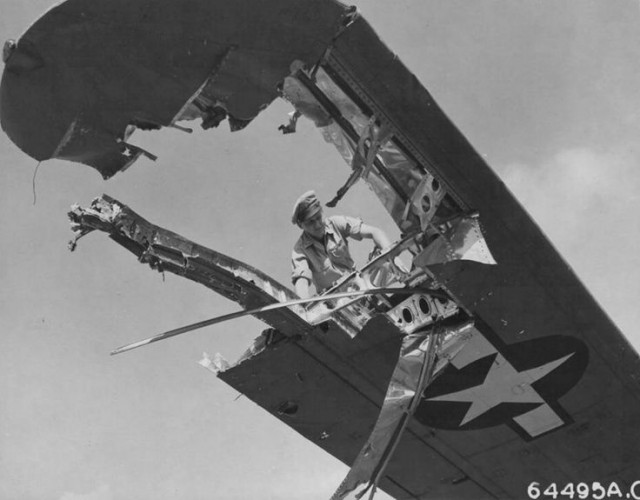
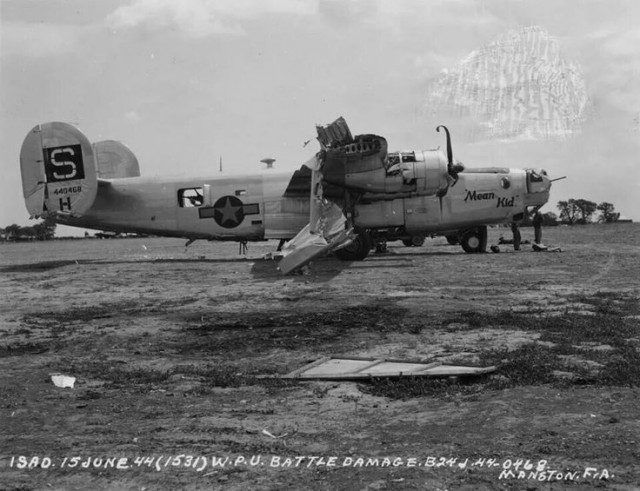
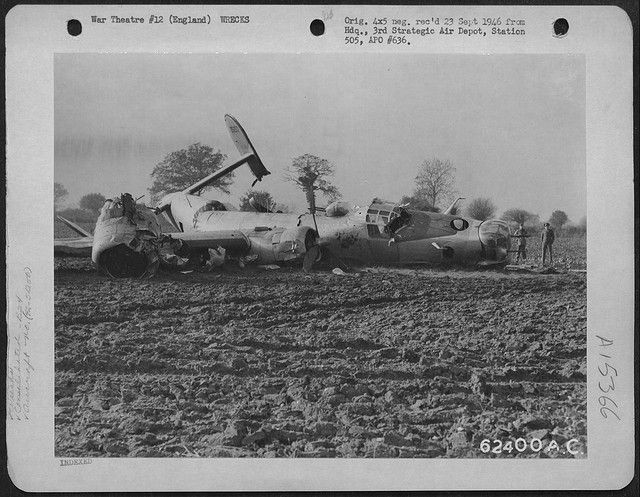
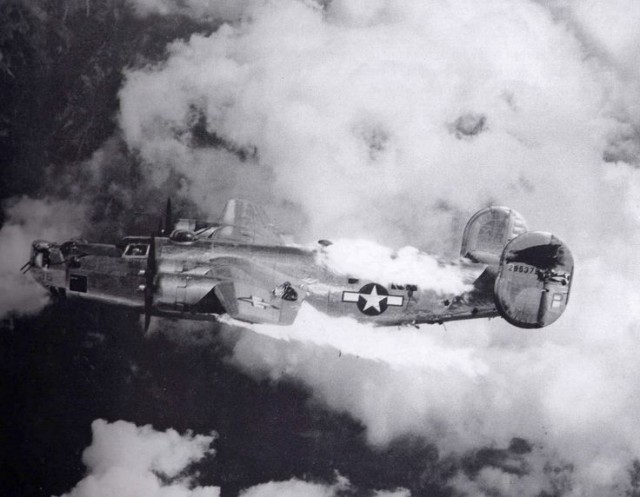
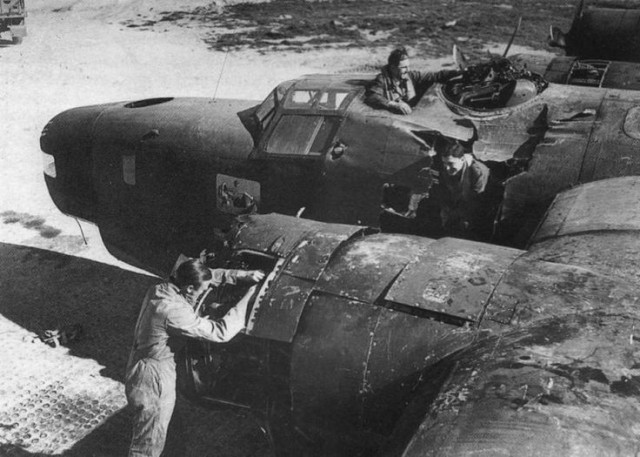
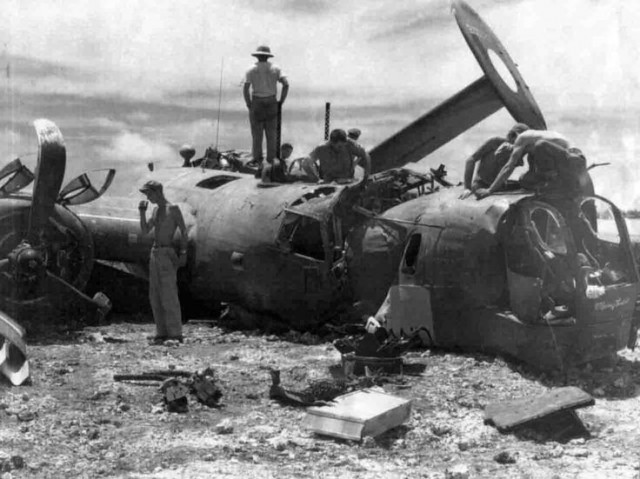
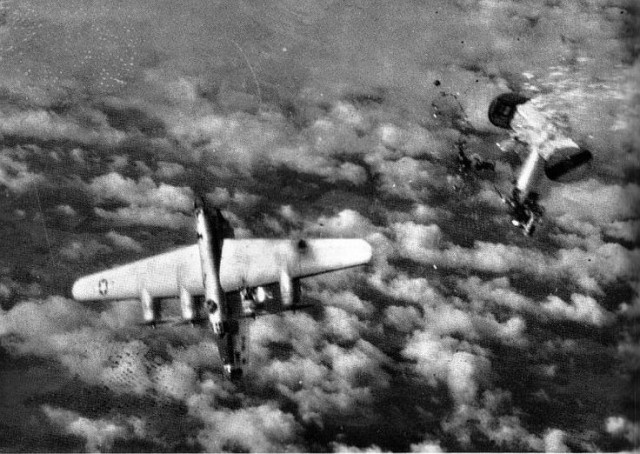

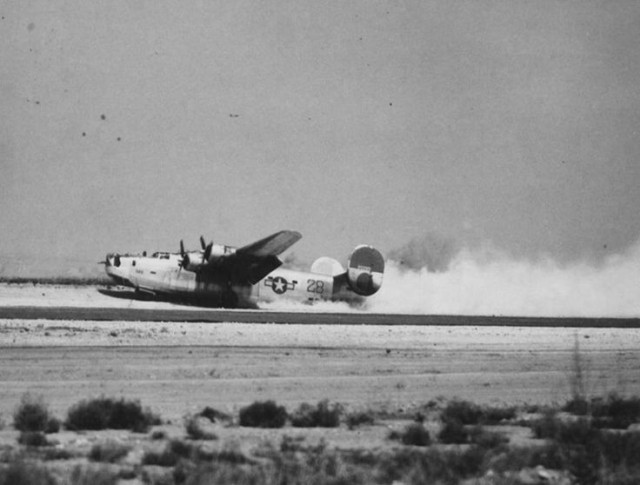
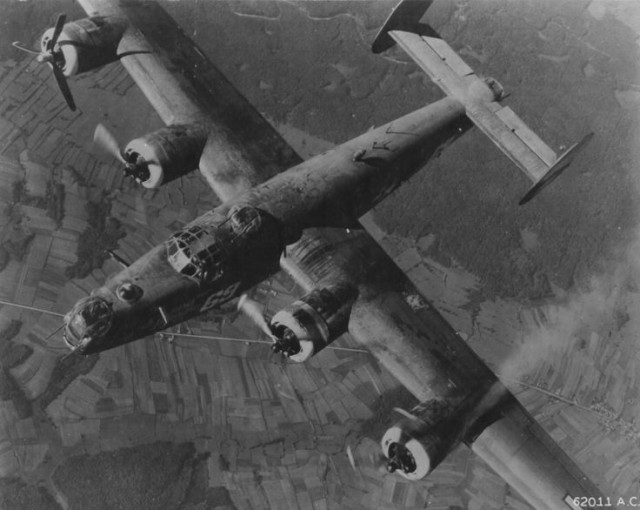
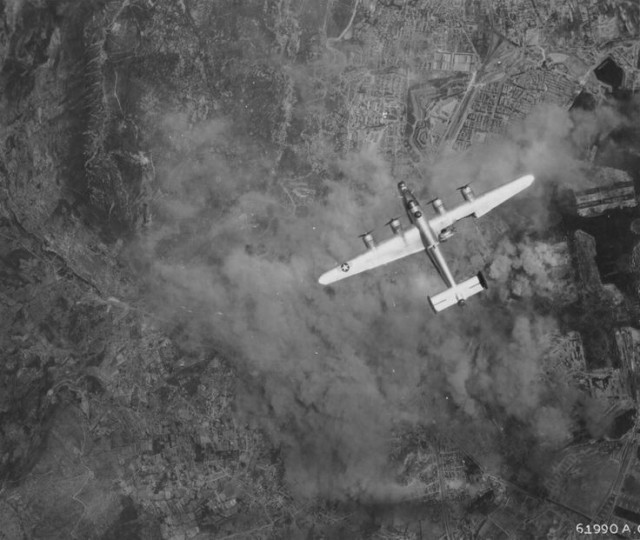
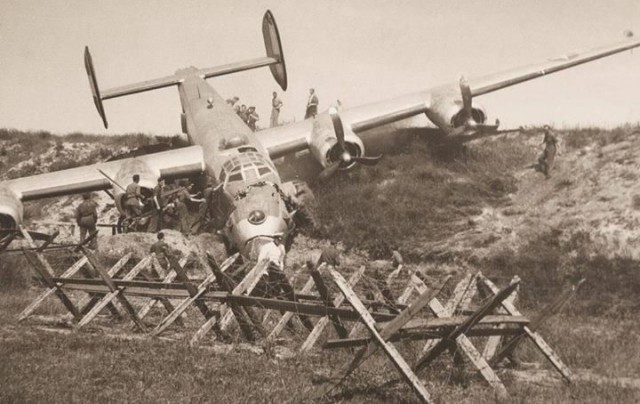

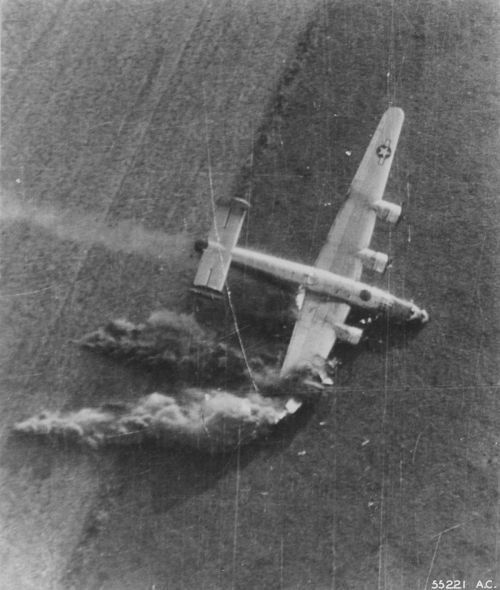
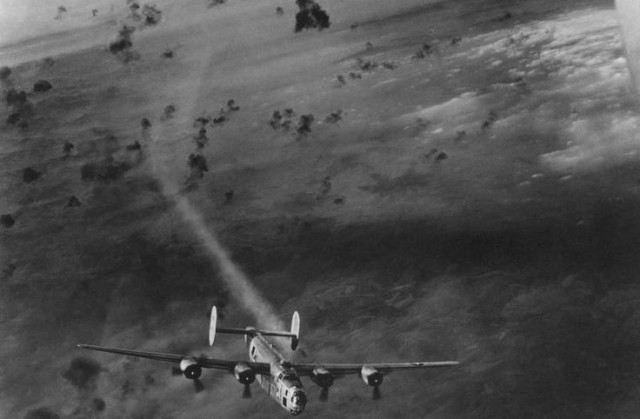
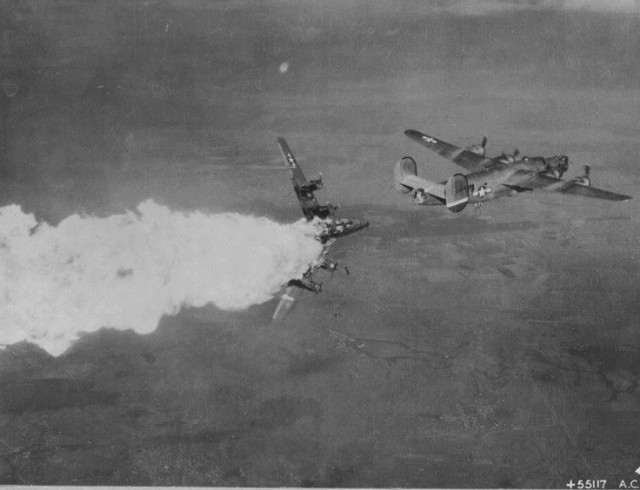
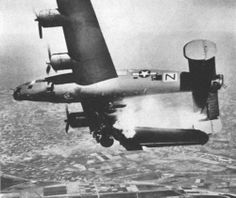
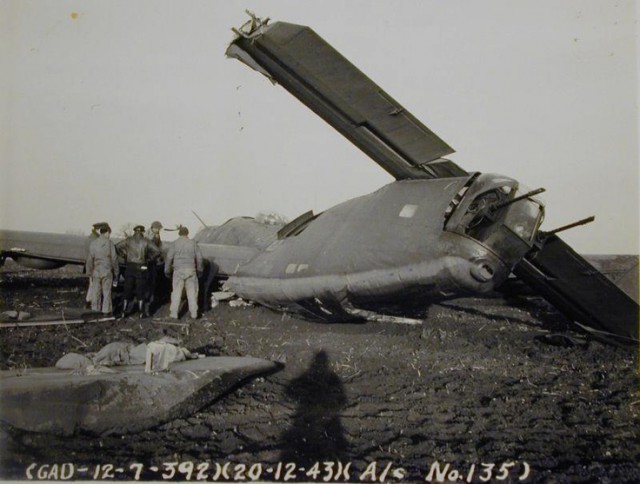
Another Article From Us: The Top 10 Most Produced Aircraft of WWII

